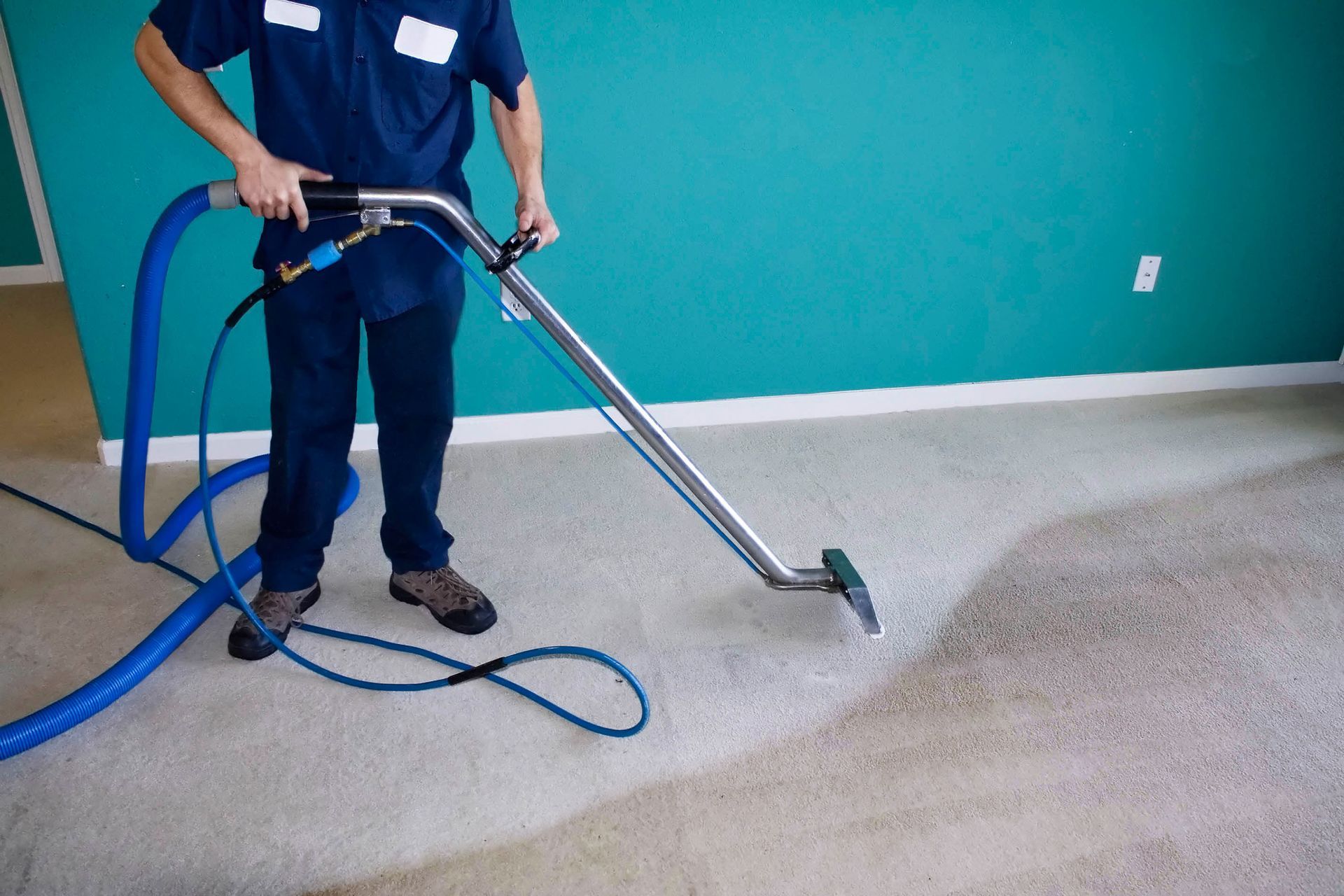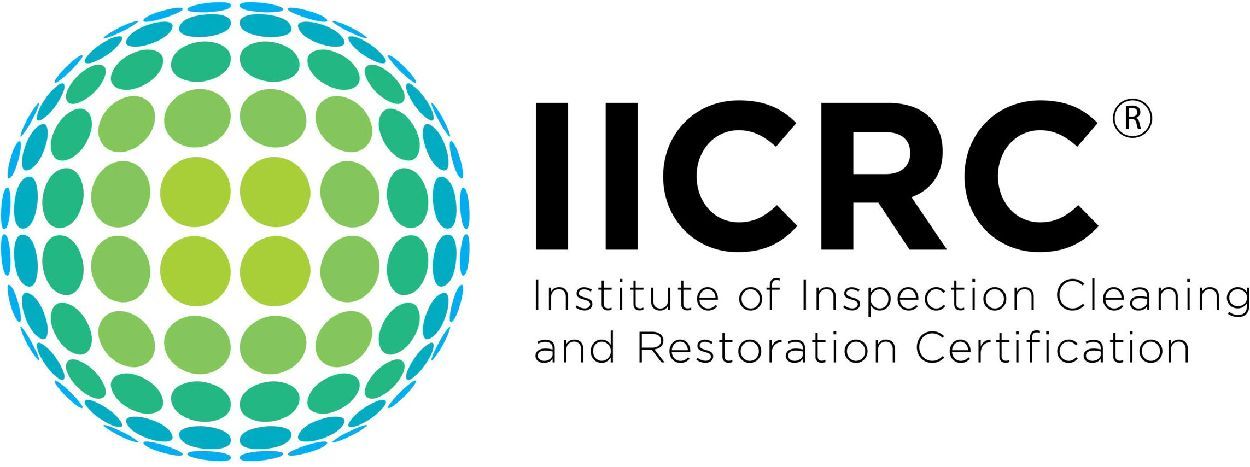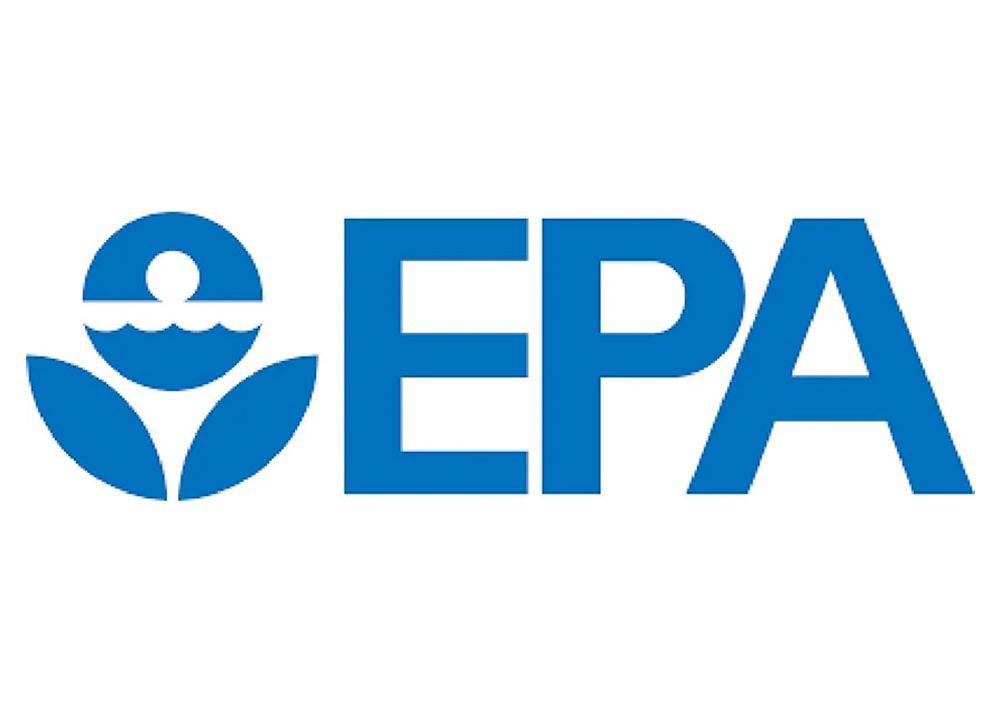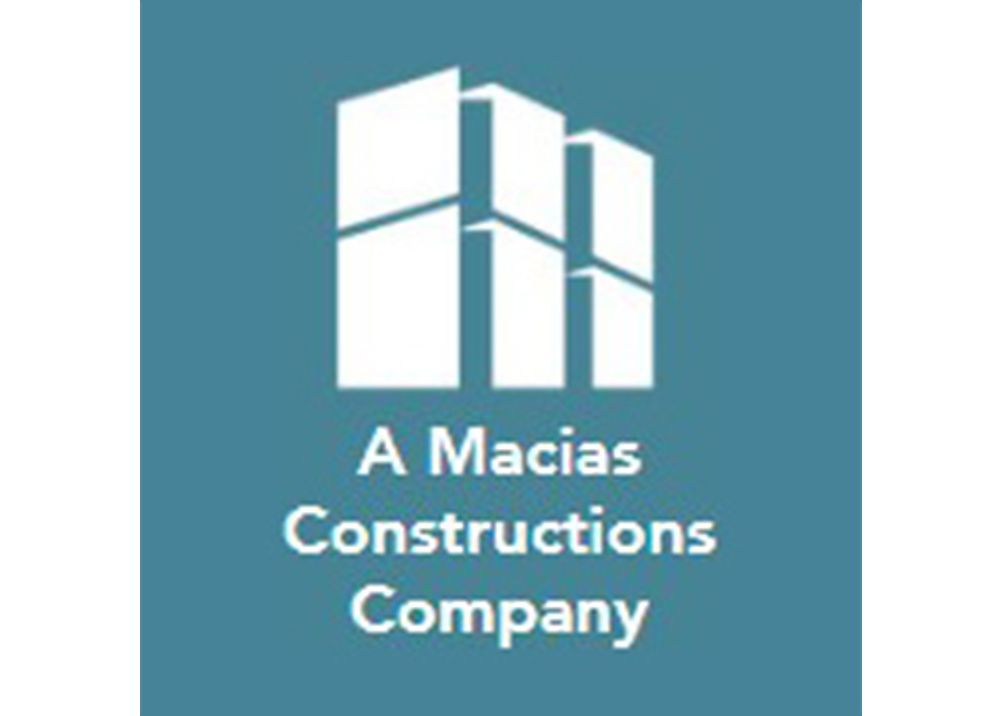November 15, 2025
Water damage can often lead to the unwelcome presence of mold, posing risks to both property and health. Professional water damage contractors play a crucial role in preventing mold development through specialized strategies. This article delves into the various methods and practices these experts employ to effectively manage and mitigate the risks of mold after water damage.
Understanding the Threat of Mold After Water Damage
Mold growth is intrinsically linked to water damage due to the environment it creates. When water infiltrates a property, it creates a moist environment perfect for mold spores to germinate and proliferate. According to Home Gnome, mold can start forming within 24 to 48 hours after water damage occurs. Moisture, coupled with organic materials found in homes, serves as a breeding ground for various types of mold. Mold thrives in hidden areas such as behind walls and under carpets, making it critical to address water damage quickly.
Water damage from events like leaking pipes, floods, or faulty appliances can escalate quickly to mold infestations. The ability of mold to spread rapidly means that affected areas can become uninhabitable if not managed promptly. Understanding this link is crucial for homeowners, as early detection and intervention can prevent extensive damage. Failure to address the issue can lead to significant health implications and increased repair costs. Thus, acknowledging the swift transition from water damage to mold growth is essential for any mitigation effort.
Preventative measures taken immediately following water exposure can halt the mold lifecycle. Identifying areas prone to water accumulation, such as basements and attics, can aid in early detection. Awareness of the signs of water damage, such as discoloration, dampness, and a musty smell, enables property owners to act swiftly. By implementing routine inspections and promptly repairing any defects, one can significantly reduce the risk of mold. In this context, water damage contractors are invaluable in offering both knowledge and remediation skills.
Types of Mold Commonly Found After Water Damage
Several types of mold can emerge following water damage, each with distinct characteristics and risks. Stachybotrys, often referred to as black mold, is notorious for its toxic properties and is frequently found in damp, cellulose-rich materials. Aspergillus is another common mold, thriving in various climates and capable of causing severe allergic reactions. Penicillium spreads quickly and can contribute to indoor allergies and asthma attacks. These mold varieties highlight the necessity for identifying specific molds and implementing appropriate remediation strategies.
Each mold type presents unique challenges, demanding a tailored response to effectively control its spread. The structural damage caused by molds like Cladosporium and Fusarium can lead to deterioration of building materials. Moreover, these molds can exacerbate respiratory problems, especially in sensitive individuals. Understanding these molds' behaviors and habitats is essential for targeting remediation efforts. Water damage contractors are trained to recognize these mold types, using their expertise to achieve comprehensive mold eradication.
Mold identification is not purely about visual recognition; it also involves understanding the environmental conditions that support different molds. Professionals utilize tools and tests to ascertain the extent of mold intrusion and identify hidden infestations. While some molds are relatively benign, others pose serious health risks, necessitating expert intervention. By distinguishing between different molds, contractors can offer targeted solutions that address specific threats effectively. Ultimately, understanding the diverse nature of mold is crucial in devising and executing effective mitigation and remediation plans.
The Role of Water Damage Contractors in Mold Prevention
Proper moisture assessment is the cornerstone of effective mold prevention. Water damage contractors employ comprehensive techniques to identify and measure moisture levels in a property accurately. These techniques often involve the use of specialized tools such as hygrometers and moisture meters that can detect moisture content within walls and floors. These assessments enable the contractors to pinpoint areas at high risk for mold growth, ensuring no hidden corners are overlooked. With precise moisture readings, contractors can tailor their interventions to the specific needs of each affected area.
Moisture assessment is not merely about direct measurement but involves understanding the environmental factors contributing to water retention. Contractors analyze underlying issues such as poor ventilation, inadequate drainage, and structural leaks that could exacerbate moisture problems. The comprehensive assessments conducted by professionals involve a thorough investigation of the building's plumbing, insulation, and climate control systems. This holistic approach ensures that all potential sources of moisture are identified and addressed adequately. Without such meticulous assessment practices, attempts at mold prevention would likely be superficial and ineffective.
Structural Drying Techniques
Structural drying techniques are a key component of mold prevention, ensuring that all moisture is eliminated from building materials. Water damage contractors leverage techniques such as air movers, dehumidification systems, and heat drying to expedite moisture removal from walls, floors, and ceilings. The goal is to return moisture levels to normal, equilibrium states, precluding conditions that would allow mold to flourish. Contractors select specific drying methods and equipment based on material compositions and the degree of water saturation, implementing tailored drying protocols for optimal results.
Effective structural drying addresses not only surface wetness but also underlying dampness that could lead to structural compromise. This involves continuous monitoring and adjustment of drying strategies as different materials absorb and release moisture at varied rates. Hardwood floors, carpets, and drywall require unique drying approaches to prevent warping and deterioration. Moreover, contractors employ infrared thermography to monitor progress, ensuring that moisture doesn't become trapped in hidden areas. Precision in structural drying techniques fortifies mold prevention efforts by eliminating latent threats.
Preventive Measures and Recommendations
Prevention is a core objective for water damage contractors, reflected in their recommendations and preventive measures. Contractors teach property owners crucial practices in maintaining moisture control to prevent mold incursions. Key preventive measures include regular maintenance checks on plumbing, ventilation systems, and structural integrity. Contractors also suggest the installation of moisture barriers for susceptible areas, promoting adequate ventilation, and using materials less conducive to mold growth. These measures prepare properties against unforeseen water damage events.
Recommendations extend to integrating smart technologies that enhance mold prevention. For instance, humidity sensors and automated ventilation systems can provide ongoing monitoring and automated corrective actions. Educating property owners on the early signs of water intrusion and mold, such as discoloration or unusual odors, is another facet of preventive strategy. By fostering informed, proactive management, contractors contribute to a culture of awareness and readiness. This proactive approach embodies the strategic philosophy of water damage contractors, aiming to minimize vulnerability to mold through preparation and vigilance.
Immediate Steps Taken to Limit Mold Growth
One fundamental aspect in limiting mold growth is the speed of response following water damage. Prompt intervention by water damage contractors is pivotal, as mold can begin developing within just 24 to 48 hours of water exposure. Contractors prioritize swift accessibility to the affected site, equipped with the necessary tools and an action-ready team. Their readiness minimizes the period that water stands, significantly reducing the potential for extensive mold development. Immediate response is instrumental in stabilizing the environment, containing, and mitigating the scope of damage.
Contractors offer 24/7 services, recognizing that water-related emergencies require urgent attention regardless of the time of day. This commitment reflects their understanding of the rapid timeline within which mold can manifest. Their prompt arrival on-site allows for a thorough assessment and initiation of moisture control measures with minimal delay. Quicker response times not only protect properties but also offer peace of mind to property owners facing the stress of a water crisis. By being readily accessible and responsive, contractors anchor their services in both efficiency and empathy. For more information about the services that we offer, reach out to our incredible team at Restoration Legacy today!





